Learning the Open Water Stroke
If you'd like to be at your best in open water races, one way to do so is to defer immediate gratification of faster times on short repeats, or winning those 25-yard sprints against training mates, for long-term gain.
To help you learn the open water swim technique that converts slower strokes into faster swims, here are four open water mini-skills to imprint in the pool?and remember while racing.
#1) Relax Into Support
The natural position of a human body in water is 95 percent underwater. When new swimmers experience that "sinking sensation," most respond by lifting the head and churning their arms and legs. I call this practicing struggle and it's the worst preparation for open water swimming.
The first step to developing a stroke that's optimized for open water is to feel and use the water's buoyancy. Swim 25-yard or -meter repeats with a focus on "hanging" your head until it feels weightless, and relaxing your legs to draft behind your torso. Lengthen your repeats only as long as these new sensations remain strong.
More: Arm Placement Tips for Swimmers
#2) Swim Taller
The simplest way to lengthen your stroke is to focus on using your arm to extend your bodyline. You'll still stroke back, but shift your primary focus to the hand going forward.
On each stroke do the following:
- After entry, visualize slipping your hand through the water, as if through a sleeve?a long sleeve.
- Swim with a slight "catch-up" in your stroke. Be patient with your lead hand, so the hand entering slightly overtakes it. In rougher water, this will also allow time to establish a firmer grip.
#3) Enter the Mail Slot
A high-swinging, forward-reaching stroke, common among swimmers in open water, places most of the load of propulsion on fatigue-prone arm muscles. But if your hand enters the water closer to your head, and at a steeper angle, you can tap into more of the energy generated by your weight shifts and body rotation.
To practice:
- Cut a slot in the surface with your fingers then slide your forearm through that slot—like a postman sliding letters through a Mail Slot—before sliding your hand forward through the "sleeve.
- Swim silently: A cleaner entry is always quieter.
- Watch for, and eliminate, bubbles from your stroke.
More: 3 Drills for Open Water Swimming
#4) Rewire Your Brain
These open water swim techniques may sound simple, but none come naturally or instinctively. You'll need to practice new stroke thoughts consistently and tirelessly, until they become habits. You should never push off the wall without choosing one habit to focus on. Just as important as new muscle memory is the ability to stay focused on any of them in the midst of a churning pack during a race.
Note: If you adopt these techniques, you'll be in pretty good company. Both Sun Yang of China, Olympic champion in the 400- and 1500-meter freestyles and Ous Mellouli of Tunisia, Olympic champion in the 10K open water event employed the techniques I describe above. And both took far fewer strokes, at strikingly slower tempos, than most of their rivals.
More: Start to Finish: Owning the Open Water
 Search for your next triathlon.
Search for your next triathlon.
This article is excerpted from the author's ebook Outside the Box . The three energy-saving techniques described above are illustrated in the Outside the Box DVD.
- 2
- of
- 2
About the Author

Get ACTIVE on the Go


Meet Mobile
Swim smarter: heats, lane assignments and real-time results in the palm of your hand.
Available for iOS | Android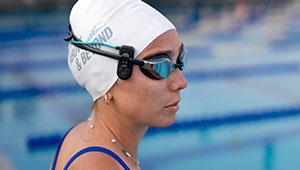
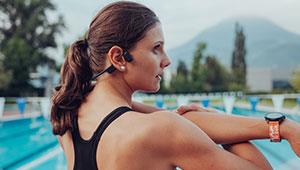
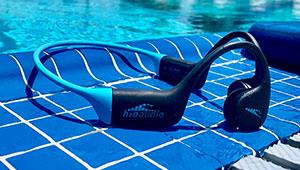

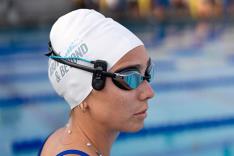

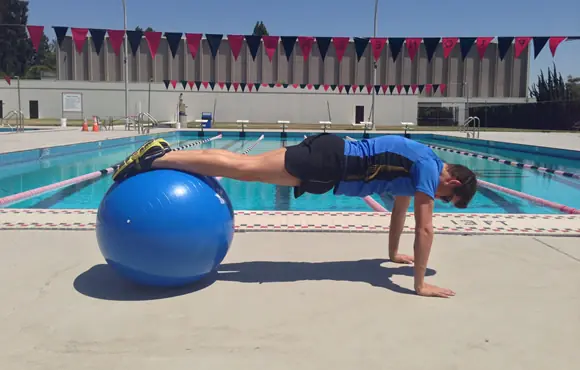

Discuss This Article